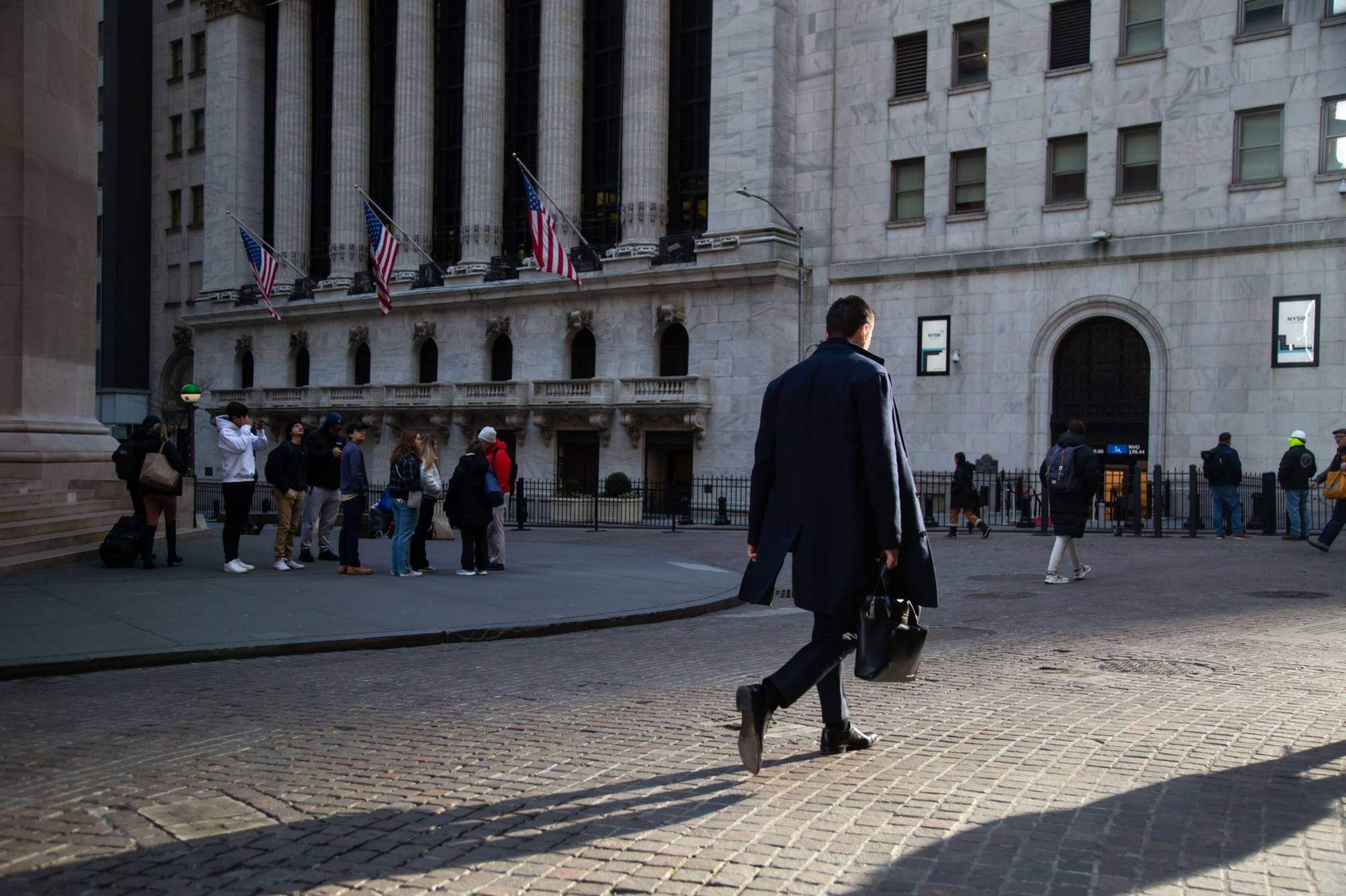When banks started going belly-up, the reaction in bonds was emphatic. Two-year U.S. Treasury yields slid a percentage point over three days in March, the most since 1982.
For traders accustomed to treating such signals as sacrosanct, the message was obvious. Gone were the days when inflation was their main menace. Rates showed stress in the financial system made a recession inevitable.
Or did they? Three weeks later, questions won’t stop swirling about what to make of fixed-income volatility that for all its ferociousness remains mostly absent in equities and credit.



















With your current subscription plan you can comment on stories. However, before writing your first comment, please create a display name in the Profile section of your subscriber account page.